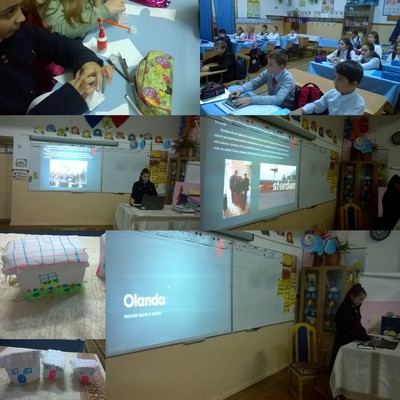Activities proposed by Lithuania - children's activities in Romania
Communication scheme
The activity consisted of a workshop with students aimed at identifying the means of communication in the classroom and improving them. The teacher spread information about a trip to the Maramureș area, made a presentation of the area in the classroom and followed, together with the students, a video material in which the area was presented.
Then we analyzed the means of communication used (telephone calls between students and coordinator, telephone SMSs, emails that included and images from the areas to be visited, posts on the account of the special group set up to organize the trip, face-to-face discussions ) and we highlighted the most efficient ones. Based on these we have developed together the communication scheme, managing to improve the communication between the students. From this it turned out that the most effective means of communication between students and the coordinator are the telephone and the computer
Pictures during the activity:
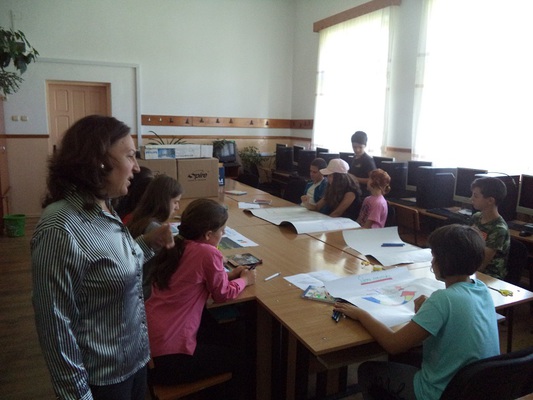
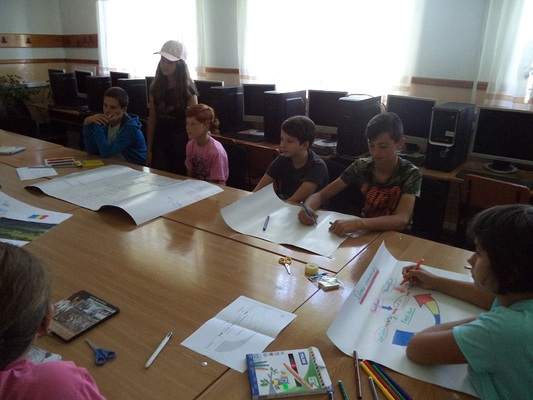
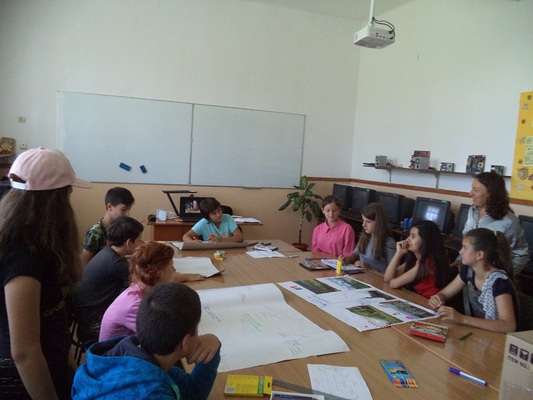
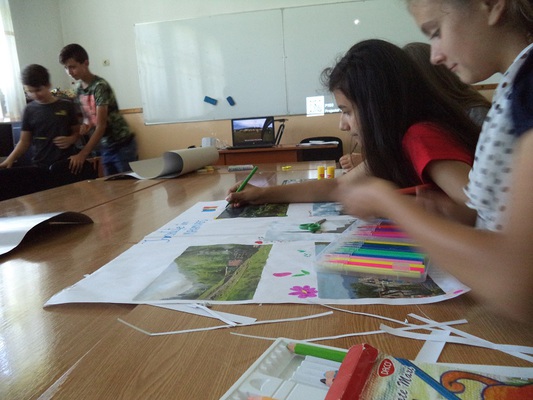
THE IMPORTANCE OF VERBAL COMMUNICATION IN INTERHUMAN RELATIONSHIPS
The activity was carried out as a debate on the nuances of communication and an analysis of the time spent on gadgets compared to the time we communicate "face to face". Initially, most of the students supported the efficiency of online communication, arguing that it is much more efficient because it can be done from long distances and is more fun.
Following the discussions, students began to appreciate "face to face" communication which has a much more beneficial effect on human relations and personal development.
Pictures during the activity:
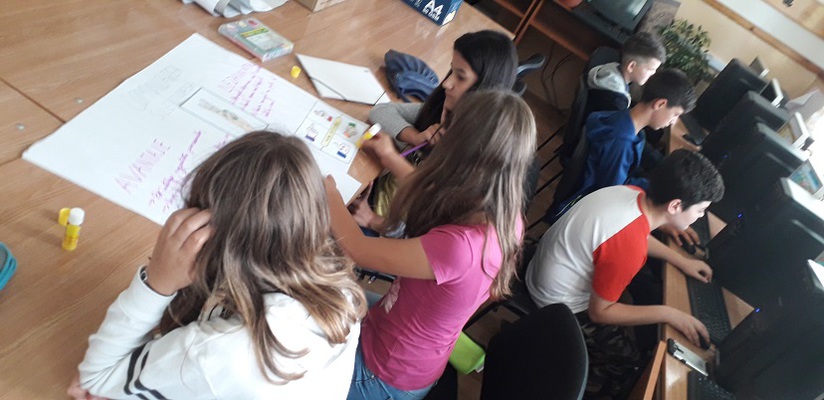
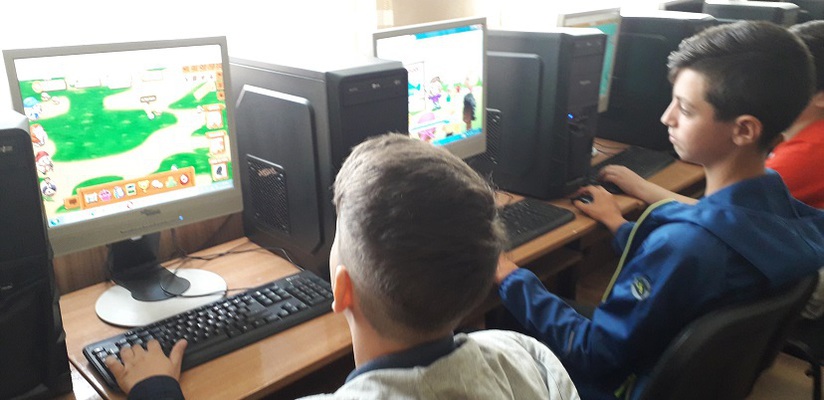
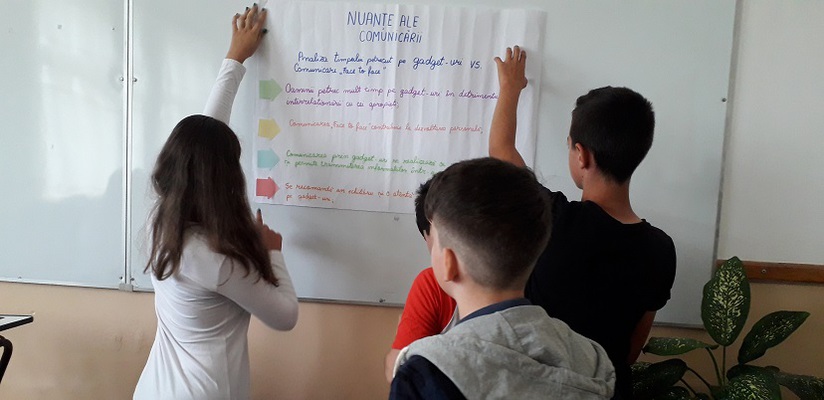
SILENT COMMUNICATION
The activity consisted of a workshop in which the students sent each other messages without speaking. Then we tried to imagine that we were blind, deaf and dumb and we were still communicating. We have thus learned to empathize with such people, how to communicate in such situations. We transmitted messages that we wrote with our finger in the hand of the one closest to us and we noticed how much we are able to adapt to difficult situations.
We analyzed together the situations in which this type of communication is effective, and the students presented the advantages and disadvantages of the silent communication that they noted on a board.
Pictures during the activity:
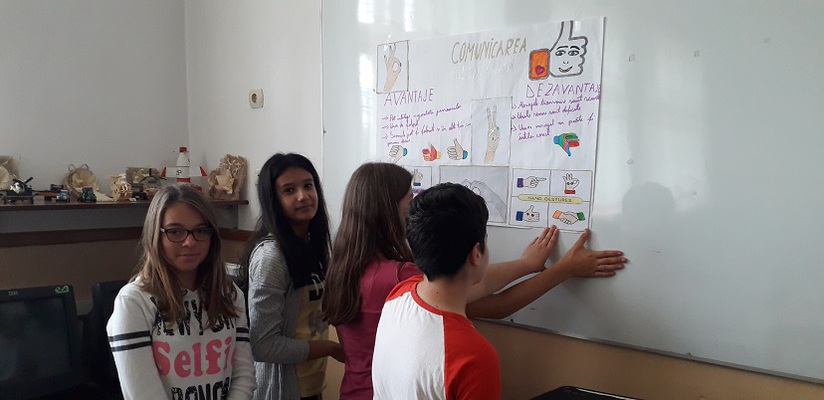
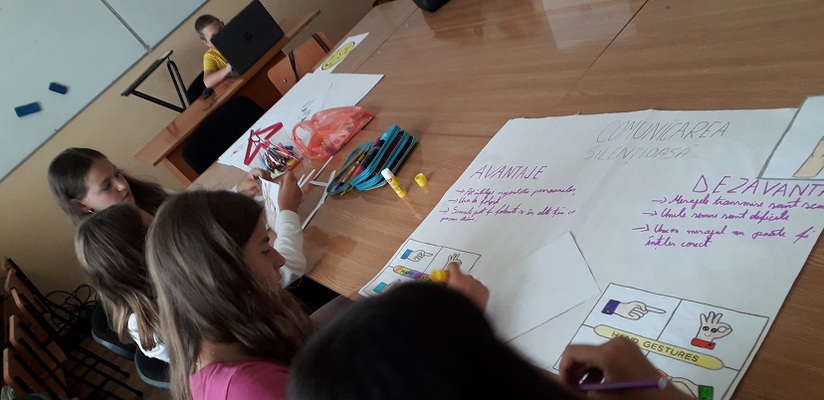
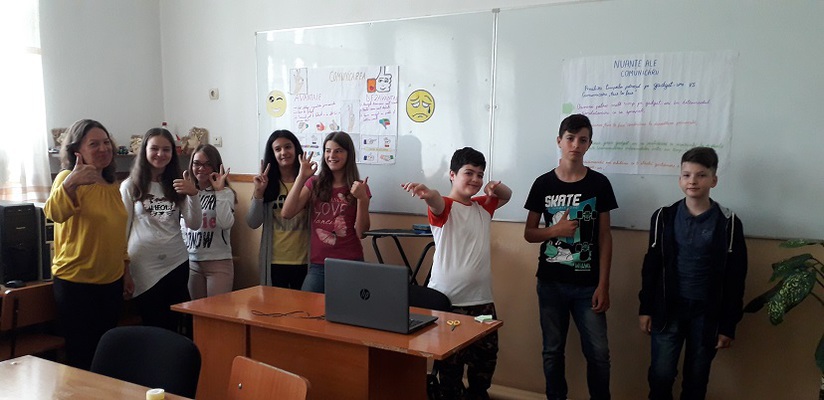
Signs in human communication
The activity started with an ice breaking game and continued with a brainstorming session on communication. We talked about the types of communication (verbal, paraverbal and nonverbal) and about the importance of nonverbal communication and the need to know the significance of various gestures.
After that we worked on teamwork: the children received an envelope containing a set of gestures used in communication, selected the most used gestures, discussed their significance, then stuck on some cards, noting their symbolism.
There have also been debates about beautiful gestures and forbidden gestures, the context in which we can appeal to them, the advantages and disadvantages of using gestures in communication. At the end a movie has been made with the signs that the Romanians make using the pointer.
https://youtu.be/uSwiucfWYZk
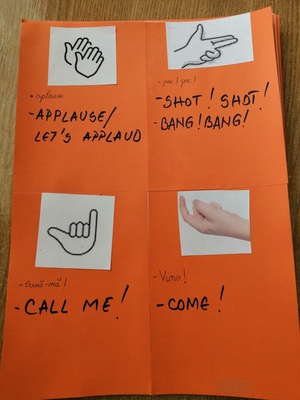
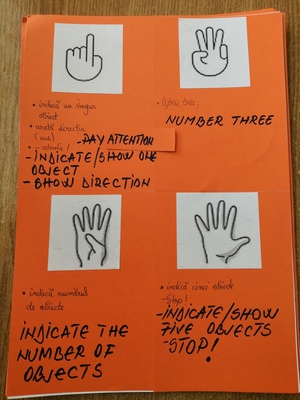
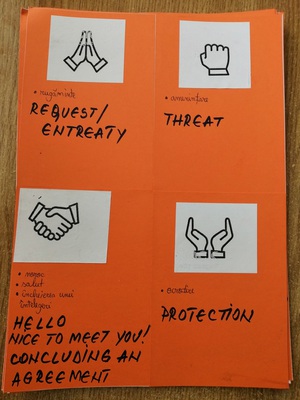
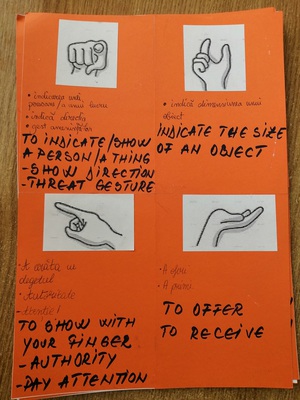
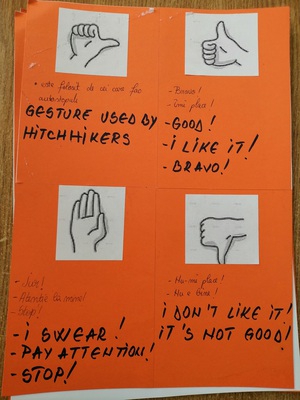
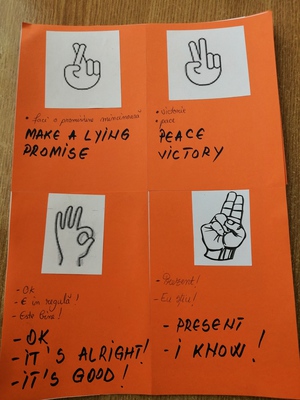
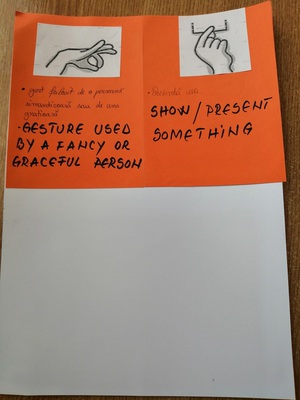

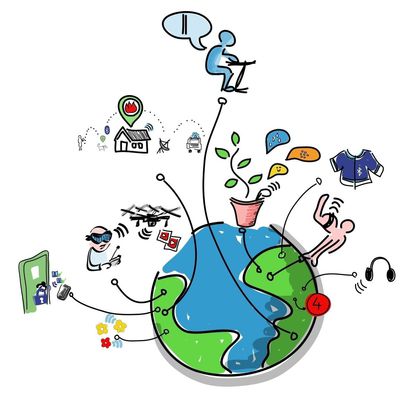
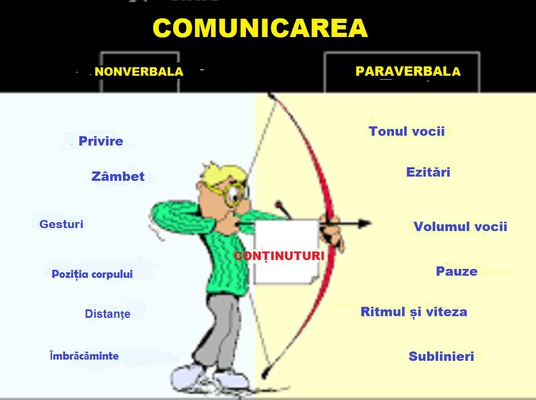
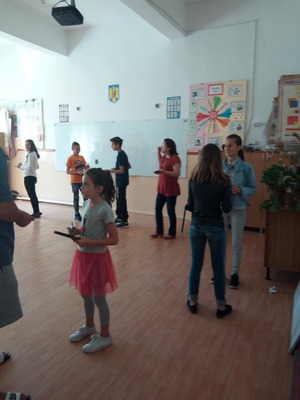
Signs of human communication in the European Society
Signs that Romanian people can make with the pointer
The film shows you some of the Romanian specific signs made with the pointer. The students have identified and experienced these signs, and they have delegated a student to present them within the project. The identified signs are the following:
- attention / warning / threat - the hand bent outwards, the pointer stretched out and move the front and back
- negation - move left right the pointer
- no. one - up pointer
- direction - the pointer to the left, right, etc
- appointment / designation - the index finger pointing towards the person
- call / come to me - when I close and open my pointer
- identification - the index finger on the object
- turn around - turn your hand with the pointer pointing down
- Boredom - Fingering with your finger in the table or in your beard
- to be ashamed - lightly poke your right cheek with your finger
- destroy it / keep it / follow it - point down with your finger
- crazy / you have a problem with your head - hitting the stick with your finger lightly
- come back - turn your finger
- little devil / you are mean - slightly bend your index finger
- damage / you have damage/ remain detrimental - when I touch the bottom lip of my mouth,
- I think - the finger rotating to the temple,
- Come on, hurry - your hand in front, the bent elbow, rotating the pointer in an alert rhythm
- sit down – you stretch the hand in front of you , the bent elbow, the pointer stretched, the upward movement
- between heaven and earth - look up and then down with the stretched pointer
- you have a long nose / shame/ you havethe nose of Pinocchio - when you knock your nose tip or the right side of your nose
http://youtu.be/uSwiucfWYZk
The pigeon is the postman / The post dove
The students cut the figure of a dove and coloured it and then attached a message for a dear person. In the end they hung the pigeons in the classroom, on a rope in the flight position. They learned how to formulate a message.
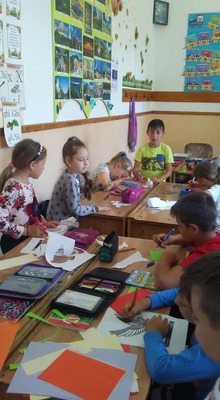
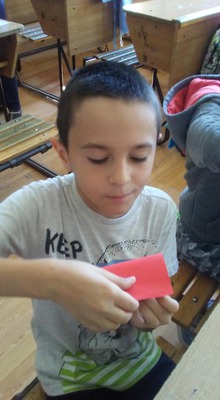
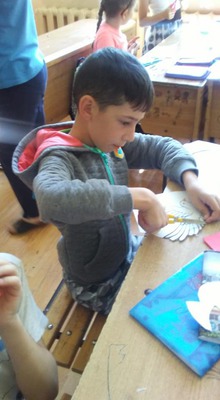
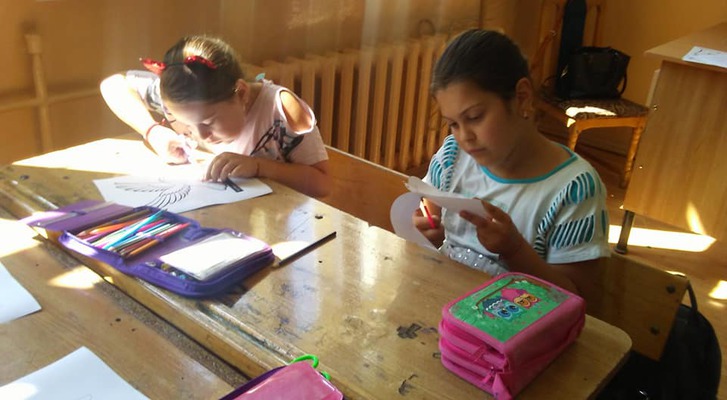
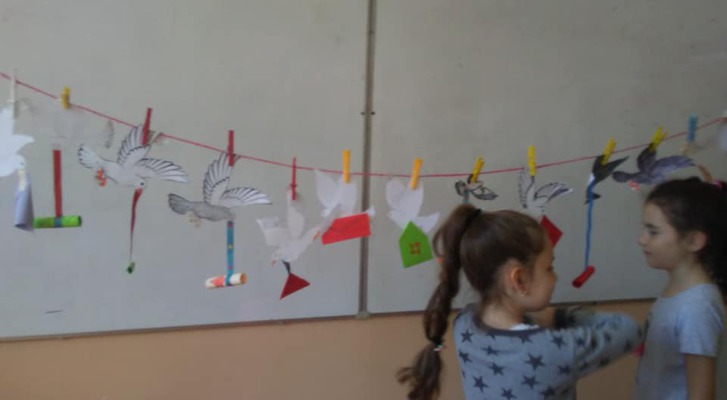
Sending by post, by snail speed
Mail through the speed of the snail - application, communication via letters delivered through conventional services or communication through gadgets. The students made postcards, put them in envelopes and sent them to partner schools. They receive confirmation on an email address. They see how long it takes to send a message through traditional mail and how long it takes to send through email. They discussed the advantages and disadvantages of using each type of communication
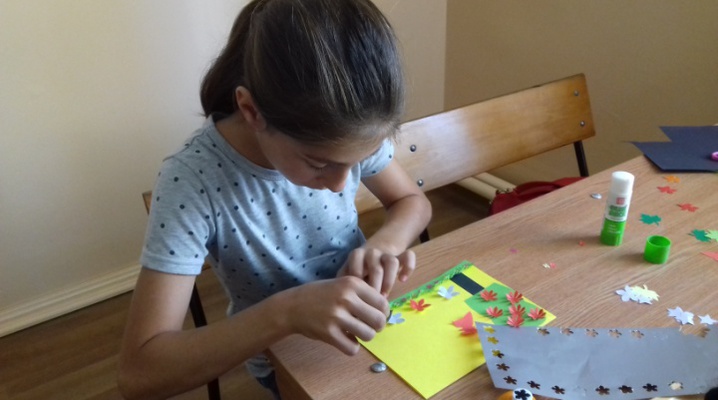
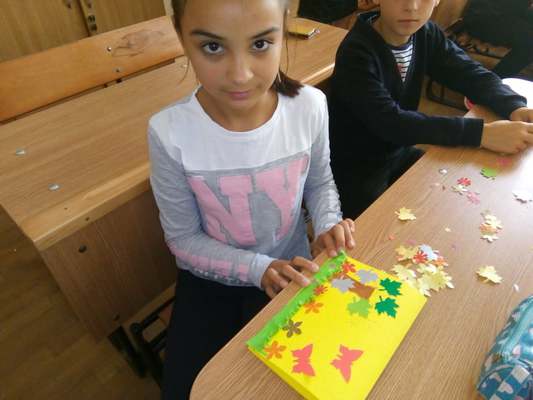
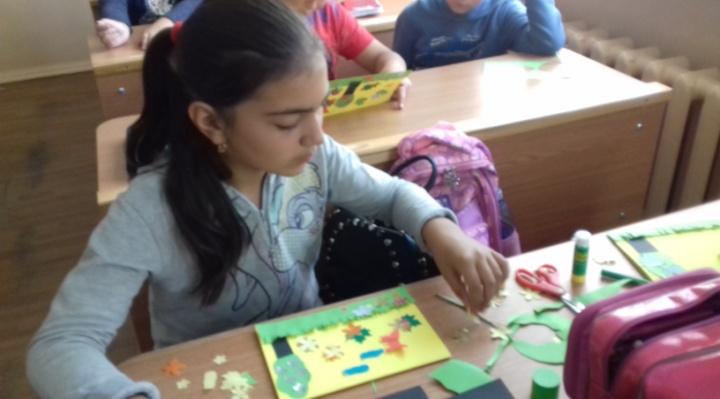
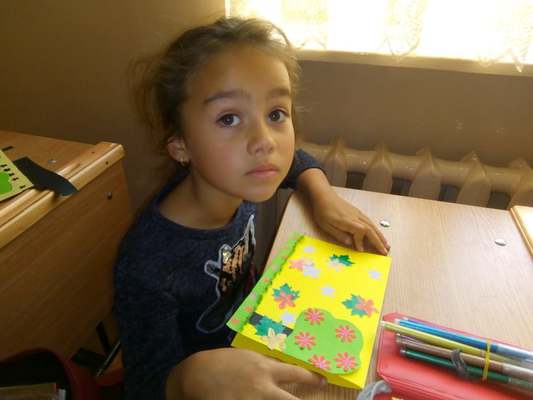
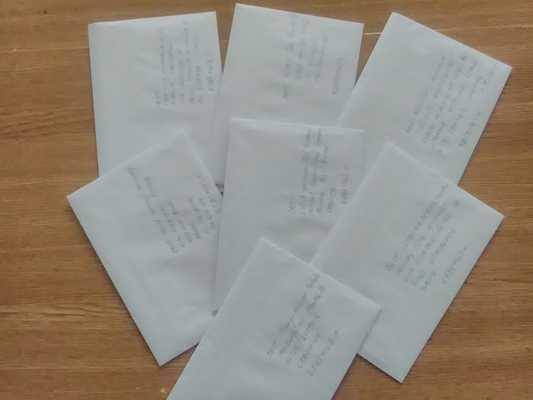
Beautiful words - a free gift, social communication game
Each student chooses a card with a name of the participant who is in training. The student becomes a Secret Friend for the Child written on the card. Task - During the training, the secret friend assists the child, looks for opportunities for positive communication with the child (praise, a smile, assists him in activities when he has the opportunity, offers him help, an indication for solving a task, etc.). On the last day of training, the child guessed who his Secret Friend was. The results were positive because new friends were connected, there is a collaborative behaviour between children, bullying behaviours disappear easily.
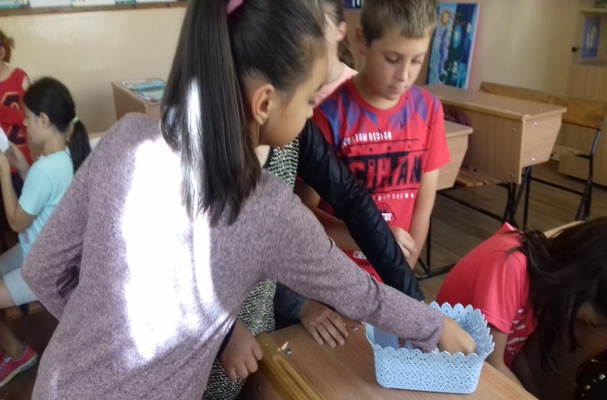
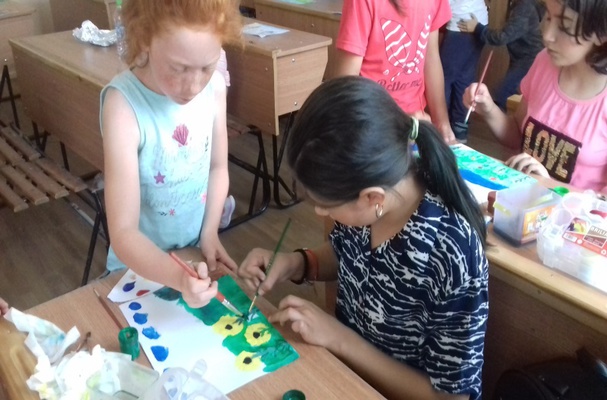
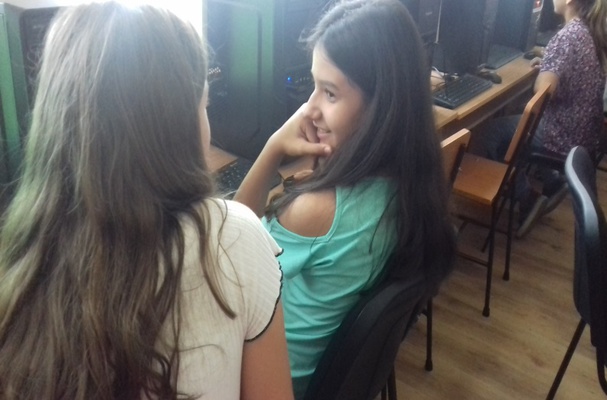
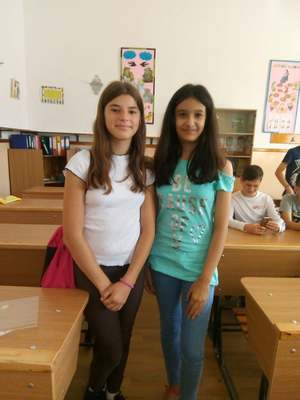
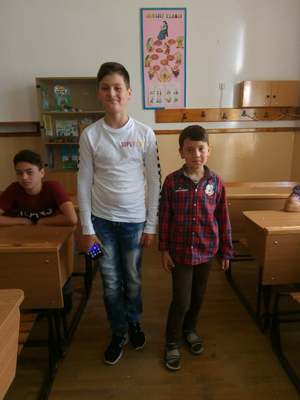
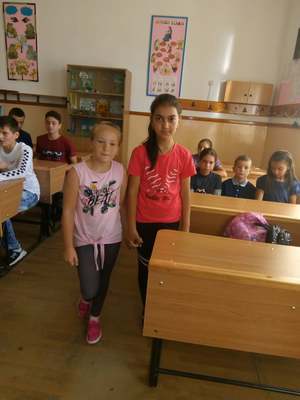
BLUE FOR SOLIDARITY
The students from the Lunca Pașcani Gymnasium School were joined by the teachers and students from the Pascani Special Gymnasium School in carrying out the Blue County project for solidarity. They learned empathy for children with special educational needs.
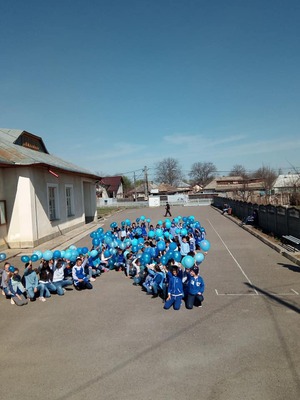
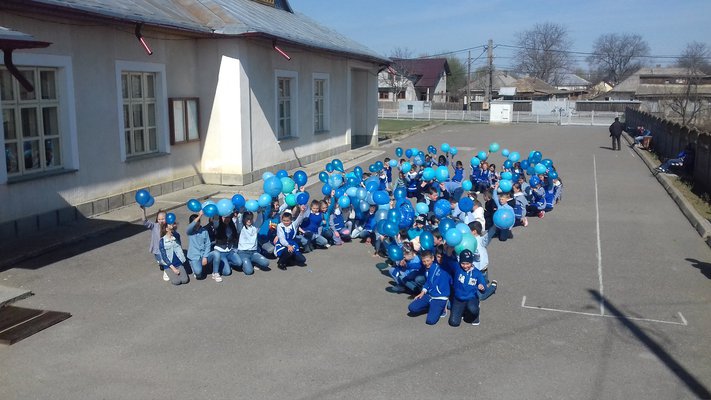
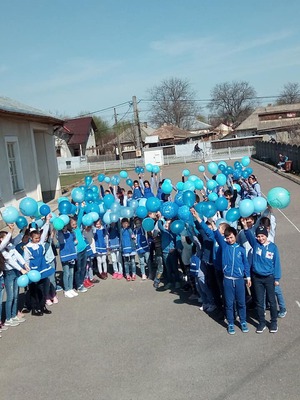
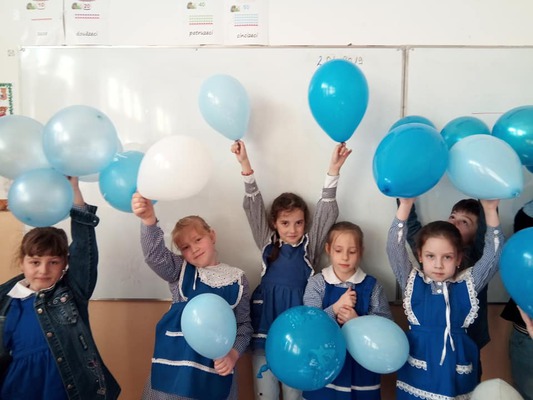
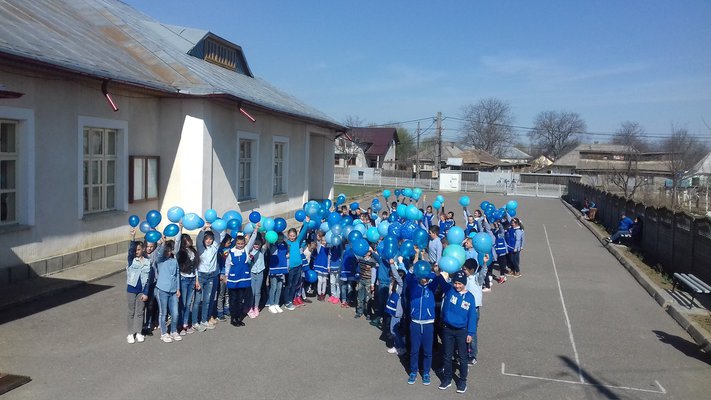
Rangu Ana Maria
On November 11, 2019, I presented to my colleagues my work within the project in which I was involved.
Together with my colleagues, we made some pigeons where I wrote something that represented us. I admit, they were smaller than those which we gave life in Lithuania, but they liked the activity, even if they were confused.
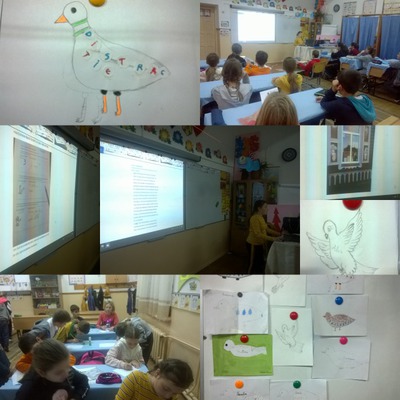
On November 20, 2019, I presented the same work to the teachers, too. I was very excited, because there were many teachers, not only from our school, but from other partner schools. When I finished the Power Point presentation I was able to breathe and I recognised that I was really stressed for no reason because the teachers reacted very good.
My name is Muraru Raluca Maria and I am a student in 5th grade at Lunca Pascani Gymnasim School. Today I will tell you how I presented, how I explained the project, with what information I remained from this experience, how the family that hosted me was and what activities I wanted to do with my class. On Monday, at the last class time, I showed to my colleagues and our leader. , my presentation which contains many images and information about what I did in the Netherlands with our teachers and my best friend, Alexia. Arsinte.
When I presented the project I stood in front of the class and explained to them what I did in the Netherlands. After this experience I had a lot of information about the Dutch:
- The traditional Dutch food is cheese, sheep cheese and rotten cheese.
-They are very organized and prepared always in case of heavy and lasting rain and flooding the cities or villages. The Dutch block the flooding of cities or states through a very resistant dam.
The family that hosted me treated me as if I were part of their family. The kids are very kind, full of life and they behave nicely.
I made some realistic houses with my class. This is a photo with two houses made by some colleagues.
